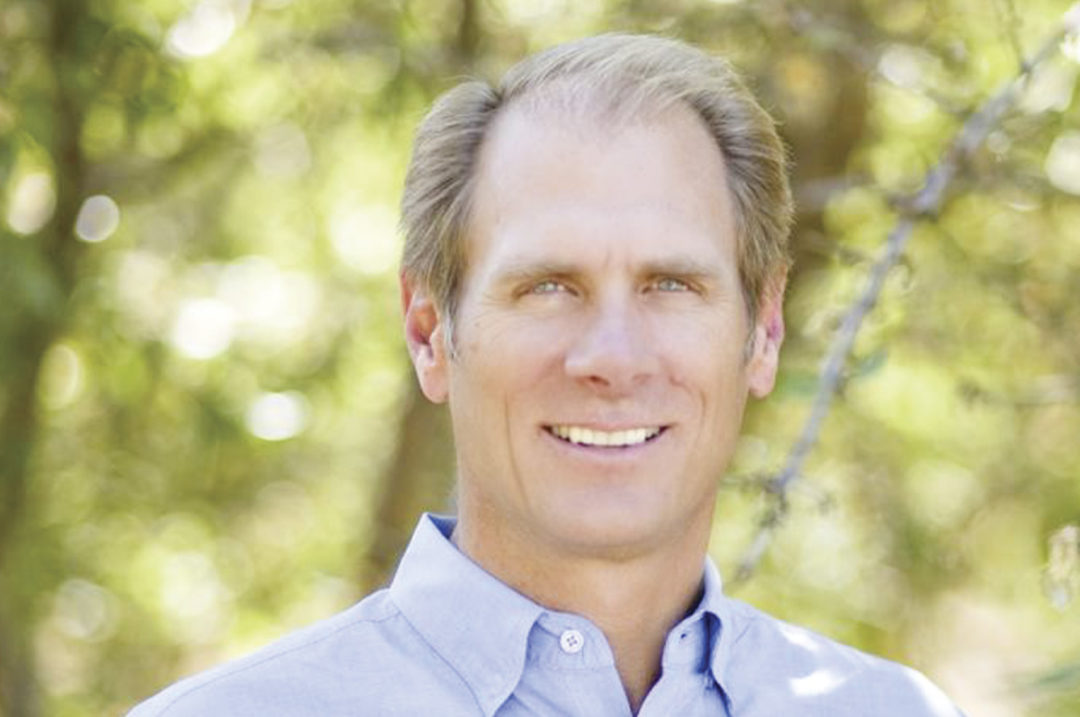As CEO of the California Milk Advisory Board (CMAB), which is one of the largest dairy promotion organizations in the nation, John Talbot focuses on building awareness and demand for California dairy products across the U.S. and around the world.
The checkoff organization’s mission is to drive demand for products made with Real California Milk in two main areas – communications (consumer research, positioning strategy, advertising, public relations, social media and issues management) and business development (trade/market analysis, processor relations, retail/food service/e-commerce promotions, trade shows and export market development).
Progressive Dairy Editorial Intern Michelle Stangler spoke with Talbot on how the organization is focused on winning new milk consumers with innovation.
Describe the dairy landscape in California.
TALBOT: California is the largest milk-producing state in the U.S., accounting for just under 20% of total U.S. milk production. Forty-six percent of that milk goes into cheese and 32% goes into butter, with only 13% going into fluid milk. From a distribution standpoint, 32% of California milk production goes into products sold in California, 39% goes into products sold in the balance of the U.S., and 29% goes into exports. Another way to look at it is roughly half of the domestic business goes through retail channels and half goes through food service. The pandemic and the inflation that followed put a strain on food service channels, but this is slowly coming back into balance.
The pandemic significantly altered consumer attitudes and consumption. With most people working at home, food preparation and consumption shifted to in-home, and in-person restaurant traffic dropped considerably. The last two years of inflation further exacerbated this situation. Even now, 45% of Americans are working at home and 90% say they will continue to eat more at home. The pandemic also fueled significant growth in the e-commerce channel, which has slowed a bit but has still become an undeniable component of the consumer purchase portfolio.
How does your checkoff organization determine which programs may be most impactful?
TALBOT: Our programs are all about driving growth of value-added products; we do not focus on commodity products. In these trying inflationary times, the most successful products/promotions build value in the minds of consumers. That could be through focus on a functional benefit like hydration, new product innovation focused on gut health, a trending consumption occasion like snacking, a culturally relevant food trend like Hispanic-style cheeses or an important sustainability message like reduced carbon footprint.
A program that awards more than $250,000 to dairy startups is celebrating its fifth anniversary. Tell us more about this program and how it has evolved.
TALBOT: The fundamental idea in the formation of the Real California Milk Excelerator program was to combine two of California’s greatest resources – nutritious, real California milk and the insatiable, entrepreneurial spirit of California. It’s all about innovation. We must foster a culture of innovation within the California dairy industry and stimulate the creation of new products relevant to today’s consumers. This program helps connect the dots between entrepreneurs, food scientists, manufacturers, marketers, retailers and investors to help facilitate and accelerate the new product development and commercialization processes.
The program has evolved over the last four years from an initial focus on fluid milk innovation to snacking, to functional benefits, to a general open innovation theme this year and last. We have also really beefed up the mentor program that connects entrepreneurs with experts in various product development fields and connected our cohorts with opportunities presented through the California Dairy Innovation Center.
What impacts has the program had on the California dairy industry?
TALBOT: Over the first four years of the Real California Milk Excelerator, we fielded 170 entrants from which 45 finalists were selected, and ultimately four grand prize winners were chosen. Seventeen products (39% of finalists) are still in the market. Founder feedback has been outstanding. One of the real values they talk about is the input/feedback they receive from our mentor programs. The other, more intangible value this program creates is the energy of innovation and the optimism for growth that permeates the industry.
How are you growing demand and connecting with consumers?
TALBOT: Consumers are hard-wired to look for new products; there’s always a better mousetrap. Consumer needs/attitudes are constantly changing, and the pandemic has accelerated this process. By providing new products that better meet their needs, we necessarily help generate greater demand.
How are dairy farmers involved in the program?
TALBOT: Our dairy farmer board of directors reviews the program details each year, and we always try to have a dairy farmer on the judging panel. We make the final pitch event available for farmers to attend live or virtually. Seven producers have entered product ideas in the past and three have made the finals.
It’s also important for each year’s cohort to connect with California dairy producers and processors, which we coordinate through live and virtual tour events.
What would you like the dairy industry to know about the value of programs like this?
TALBOT: Business isn’t always kind to passive bystanders, and inflation/recession doesn’t help. Market leadership is not an entitlement. With dairy in 90% of households and accounting for 11% of total food/beverage sales, we have a big target on our back. There will always be new competitors and new investors coming after our markets and our consumers. Innovation is not an option, it’s an imperative.
How can people get involved in the Milk Excelerator contest and programs offered by the California Milk Advisory Board?
TALBOT: Entrepreneurs can enter the contest starting in June every year at the program's website, where updates and announcements about the program and the finalists will also be shared.
This year’s theme is open innovation, and we’re seeking products made with at least 50% dairy including but not limited to: foods, beverages, personal care products, packaging, material sciences, textiles, pet products or anything else using dairy in an innovative way.
After the application process closed in July, we selected our finalists who were then entered into a three-month program that started in August, featuring access to industry-specific content resources, high-quality and tailored mentorship and a group stipend to cover costs associated with producing, developing and fine-tuning products and business plans.
At the conclusion of the program, the cohort will sample and pitch their products to a panel of industry-expert judges at a final live pitch event Nov. 16 (which also will be available for virtual viewing). Four winners will receive a $30,000 marketing support prize and access to an exclusive retailer and investor event to generate business leads and investment opportunities. A $100,000 marketing support grand prize will be awarded to the winner with the highest sales tracked over a year after the live pitch event.
For ongoing information about innovation initiatives, funding for innovation projects, short courses and trainings, connect with the California Dairy Innovation Center.











